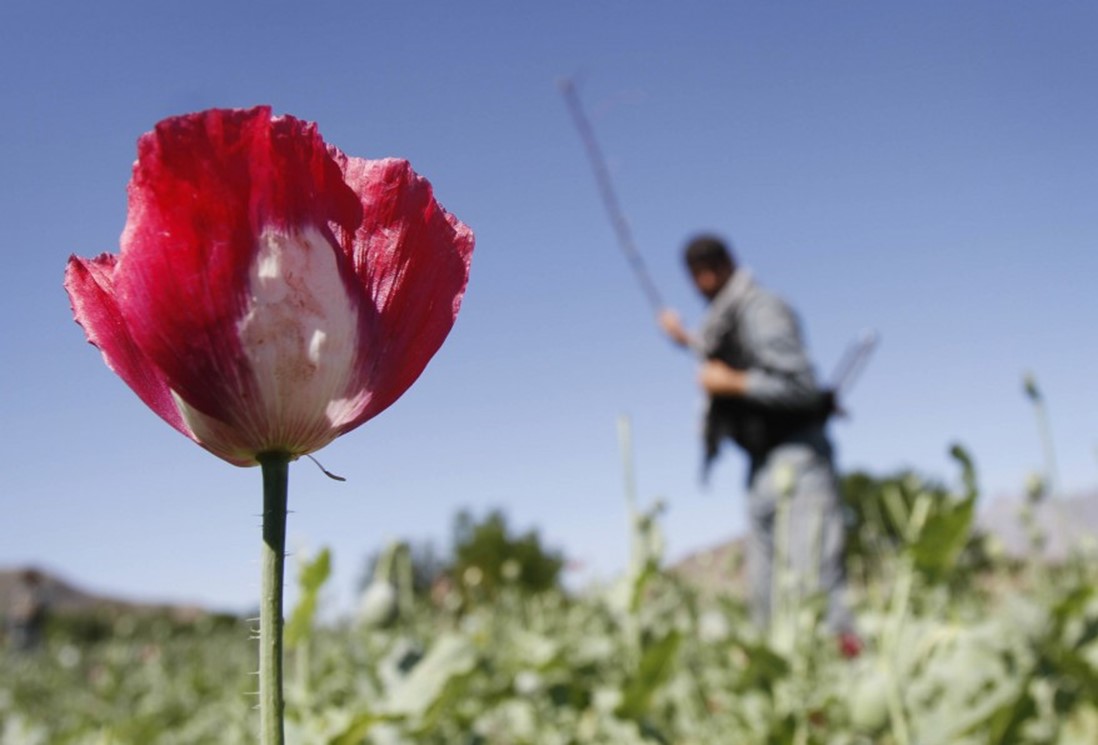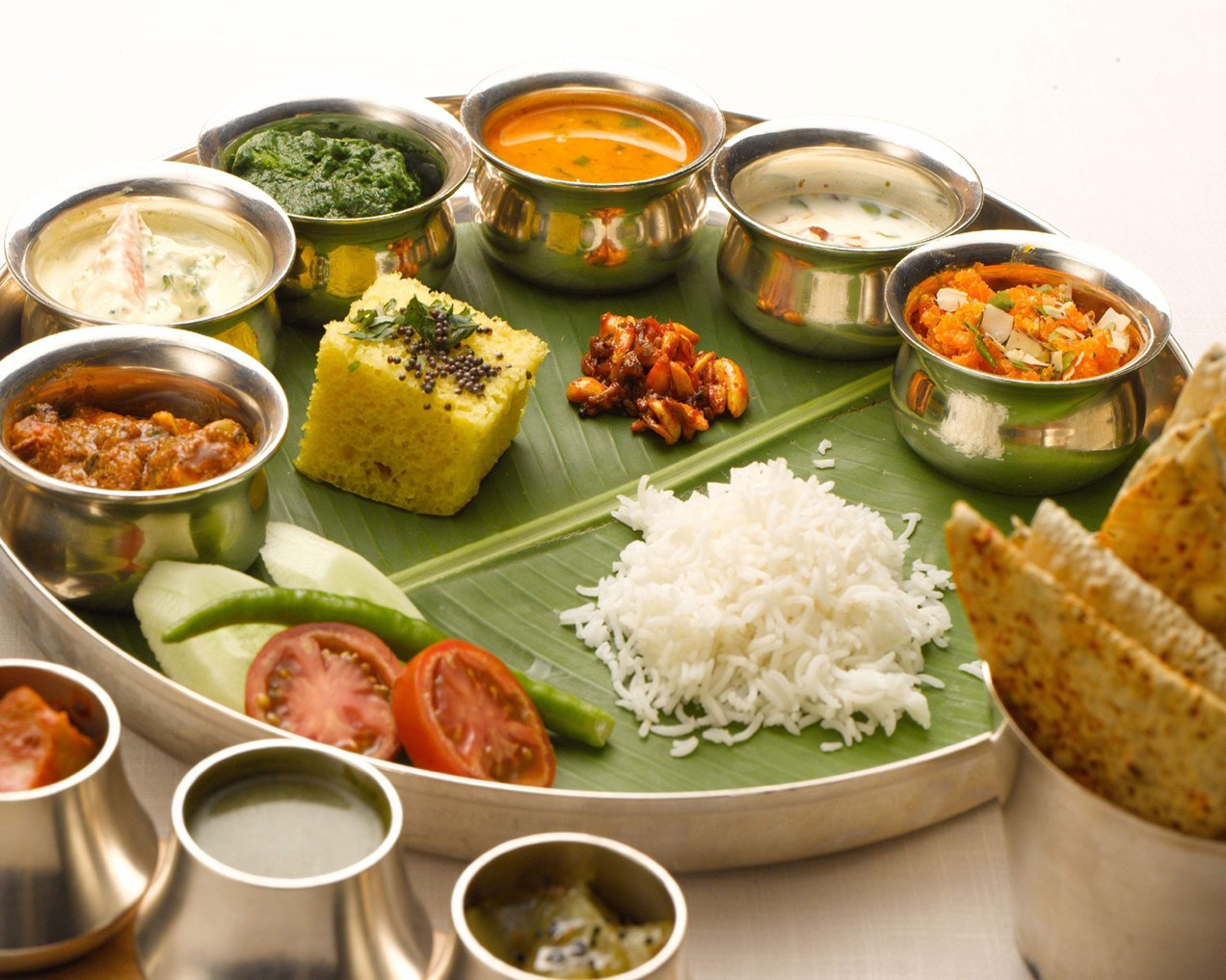The Economics Of The Taliban
June 16, 2013 in Daily Bulletin

Ron Moreau described the economics of the Taliban:
- The Taliban used to secure a large amount of its funding from rich Gulf States. However those countries are increasingly shifting their money to support other causes in Palestine, Egypt and Syria, making the Taliban desperate for new sources of cash.
- The Taliban leadership has turned to the production of drugs. Just three years ago it used to make up to $120 million a year taxing poppy farmers 10% and providing drug convoys with protection.
- Now however the Taliban have realized that they can increase revenue by having their own operations – from production to distribution – instead of taxing the efforts of others. Earnings are thought to have increased to $200 million.
- The Taliban’s governing body has decided that 70% of drug profits are to be given to them, and 30% are to be kept by the commanders and fighters – who are actually on the field, risking their lives to produce the drugs.
- The massive increase in Taliban wealth is evident in the luxury cars and homes that Taliban leaders are buying. They’ve also started to live in elite Pakistani districts – sharing neighborhoods with film stars, businessmen, and even senior political figures.
Read more about how the Taliban has allied with an old enemy to sell drugs, why neither America nor Afghanistan has been able to stop the production of opium, and what this all means for Afghanistan’s future over here.
Source: The Daily Beast

















Join the Discussion! (No Signup Required)